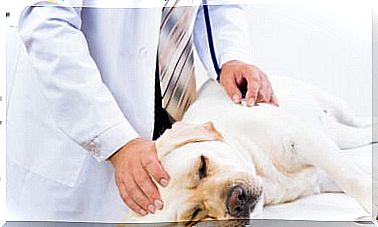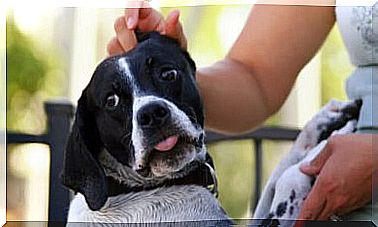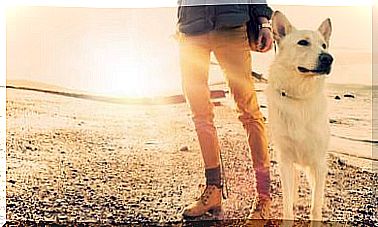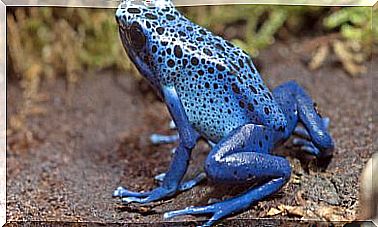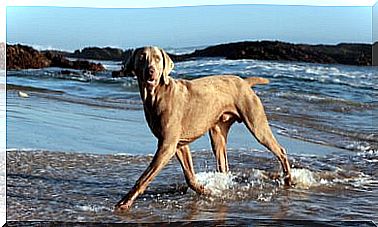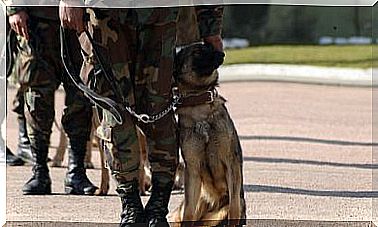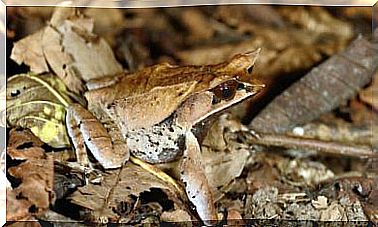Giardiasis In Dogs
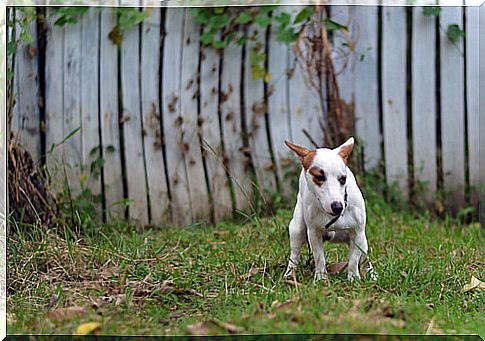
Giardiasis in dogs is a disease that frequently affects our pet. What causes this pathology is a cell called giardia, which is fixed in the intestinal villi and prevents the absorption of food, causing an infection of the small intestine.
Giardia generally lodges in the duodenum, where it reproduces and feeds until the small intestine begins the process of dehydration. Before being eliminated, it forms a cyst that the animals release through their feces, a matter that becomes a transmitter of the disease.
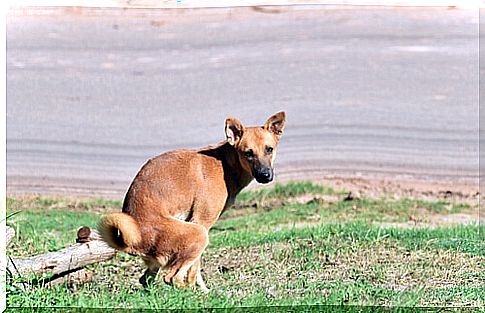
In a short time, millions of parasites can appear from a single cyst, which can be seen only through the microscope in fresh samples of stool.
Early detection and diagnosis
Giardiasis in dogs is an infection that is generally not detected in time due to the asymptomatic characteristic of its early stages. However, once the disease is advanced, the main clinical sign is diarrhea and weight loss in chronic cases.
Ingestion of one or more cysts can cause the disease. What are the signs of this pathology? Because of their cyclical elimination, many samples generally need to be examined to detect symptoms.
All of this means that the stool in a sample may or may not contain the cell; Similarly, the analysis can also be negative one day and positive the next.
Giardiasis is spread both by direct dog-to-dog contact, and through food or water. On many occasions its pathogenic action is reinforced by the appearance of bacteria, fungi and viruses, which aggravate the clinical symptoms and the severity of the disease.

This condition can also cause permanent damage to the intestine and internal organs. Similarly, adverse effects such as anorexia, vomiting and even neurological disorders have also been detected in dogs that received long-term treatments.
What to do once giardiasis is already installed
Once the pathology has been detected, measures must be taken to aim for its rapid elimination and prevention of further spread. One of the first actions is to bathe the animals; Above all, its tail must be cleaned well, since it is the place where cysts most frequently lodge.
Once a week and until the disease is completely eliminated, the entire surface where the animals live should be cleaned with an effective product ; It is also positive to sanitize food and water containers, and cages where a lot of fecal matter is usually housed.
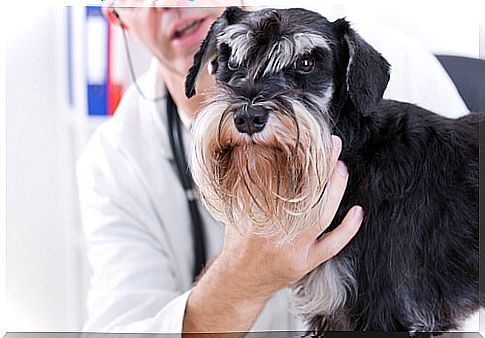
If the dog is not the only pet that inhabits the territory, all the animals that live together with the infected must be treated. Likewise, the examinations with the veterinarian should be repeated a week and a month after the infection is detected.
Preventing giardiasis in dogs
The dog can be a source of infection not only for other animals, but also for humans who live with him. For this reason, it is important to take into account preventive measures that aim to prevent the canine from contracting the disease, and spreading it to the other members of the territory.
Because it is a zoonosis, it is important to take preventive measures, such as regular hygiene, that guarantee the protection of the inhabitants of the home. First of all, when canines live with young children; in them an infection and subsequent period of medication, could carry some harmful risks for your body.
You also have to be careful not to allow the dog to drink dirty water or from the fountains; A good control measure is to place your drinker in an area that birds do not have access to to defecate inside.
Antiparasitic methods are good allies to prevent this type of infection; there are many options on the market, from ampoules to necklaces. On the one hand, they do not generate secondary symptoms, and they also help to eliminate parasites, as well as prevent their appearance.
